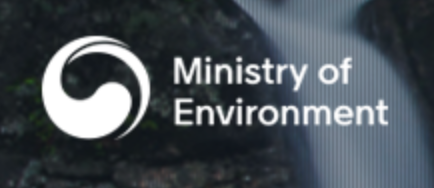This is an academic journal article written in 2012. It characterizes spatial and temporal changes in water quality (specifically physico-chemical variables plus priority and non-priority pollutants) of discharges from industrial complexes on a national scale in North Korea. The data were provided by the Water Quality Monitoring Program operated by the Ministry of Environment, Korea and were measured from 1989 to 2008 on a monthly basis at 61 effluent monitoring sites located at industrial complexes. Analysis of monthly and annual changes in water quality, using the seasonal Mann-Kendall test, indicated an improvement in water quality, which was inferred from a continuous increase in dissolved oxygen and decrease in other water quality factors. A Self-Organizing Map, which is an unsupervised artificial neural network, also indicated an improvement of effluent water quality, by showing spatial and temporal differences in the effluent water quality as well as in the occurrence of priority pollutants. Finally, the results suggested that continued long-term monitoring is necessary to establish plans and policies for wastewater management and health assessment.
SOURCE: Ministry of Environment
View